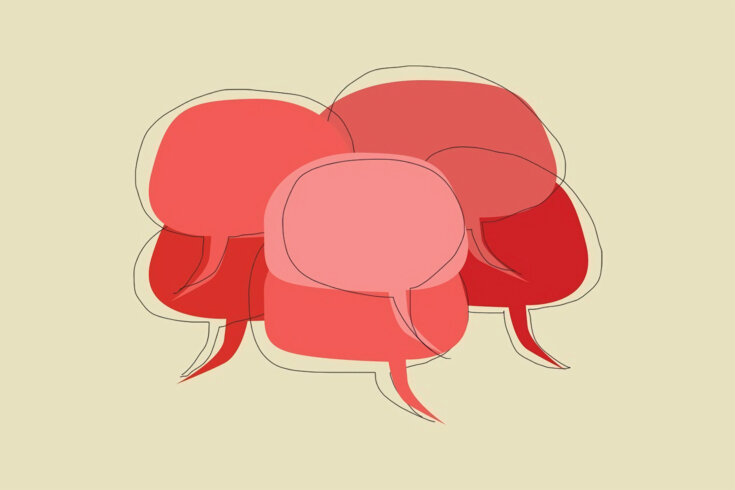Reunite at the Museum
In 2018, as member of Parliament for Cumberland-Colchester, I visited the Millbrook Cultural and Heritage Centre to see photos of Indigenous regalia. Because of this visit, I met with my staff to see if we could develop a process to help Indigenous communities repatriate their artifacts, a process Michelle Cyca describes in “It’s High Time We Brought Home Indigenous Remains and Belongings.” We decided to develop a private member’s bill that would have required the federal government to establish an official process. After much research and consultation, I introduced the bill in Parliament by telling the story of Mi’kmaw regalia that was tucked away in a drawer in a museum in Melbourne, Australia. Bill C-391 was eventually passed unanimously by the House of Commons. Shortly after my remarks in Parliament, the Australian embassy called and asked if Natasha Smith, the Australian high commissioner to Canada, could meet with me. When she told me she had been in touch with the Melbourne museum and that they were prepared to discuss repatriating the regalia to the Millbrook First Nation, I almost fell off my seat. With Smith’s help, I connected the museum in Melbourne with Heather Stevens, the manager of the Millbrook Cultural and Heritage Centre, and the two negotiated the successful return of the valuable regalia. No governments were involved in this negotiation, just two Indigenous women: one from Melbourne and one from Nova Scotia—17,000 kilometres apart!
I recall asking high commissioner Smith why she did this and her responding that they were very concerned about the repatriation of Australian Indigenous artifacts: “How can we ask others to return our Australian artifacts if we will not return your artifacts?” Quite amazing. Unfortunately, Bill C-391 did not make it through the Senate process and was never proclaimed as law. It is my hope that the bill will be re-tabled by another MP and passed again.
Bill Casey
Amherst, NS
Chemical Imbalance
In “Are We Losing the War on Cancer?” (September/October), Renée Pellerin looks at the stagnating efforts of scientists and researchers to beat the disease. However, when we talk about the war on cancer, more emphasis needs to be placed on the consequences of the thousands of chemicals we add to the food we eat and the air we breathe. Pellerin nods to the health risks of red meat consumption—beef that comes from cows raised in increasing volumes, at the cost of our tropical rainforests, in addition to forests cleared for rangeland. If we continue to flood our world with chemicals, this war against cancer will rage on.
Richard Weatherill
Victoria, BC
Content with Canadian Content
In her exploration of Bill C-11, the Canadian government’s Online Streaming Act, Tajja Isen asks, “Is CanCon Obsolete?” (September/October). No, no, CanCon is not obsolete. I want culture which, like the CBC, reflects us back to us. I don’t want to see the culture of Los Angeles. I lived and worked there and I didn’t like it, so I came back to Canada. After a degree at the University of British Columbia, I knew the geography of the English Lake District from the literature I had been taught better than the geography of the land I lived on. I spent my early years in a cabin in the Rockies, beside Kootenay Lake, where we had coal oil lamps and drew the water from the creek, never reading stories that sounded like the world I was living in. The legislation may require some tweaking; legislation often does. Still, this treacly sentimental stuff is my identity.
Sharleen Treleaven
Stoney Creek, ON




